Home>Furniture & Design>Bathroom Accessories>Why Does The Water In My Toilet Bowl Move When Its Windy
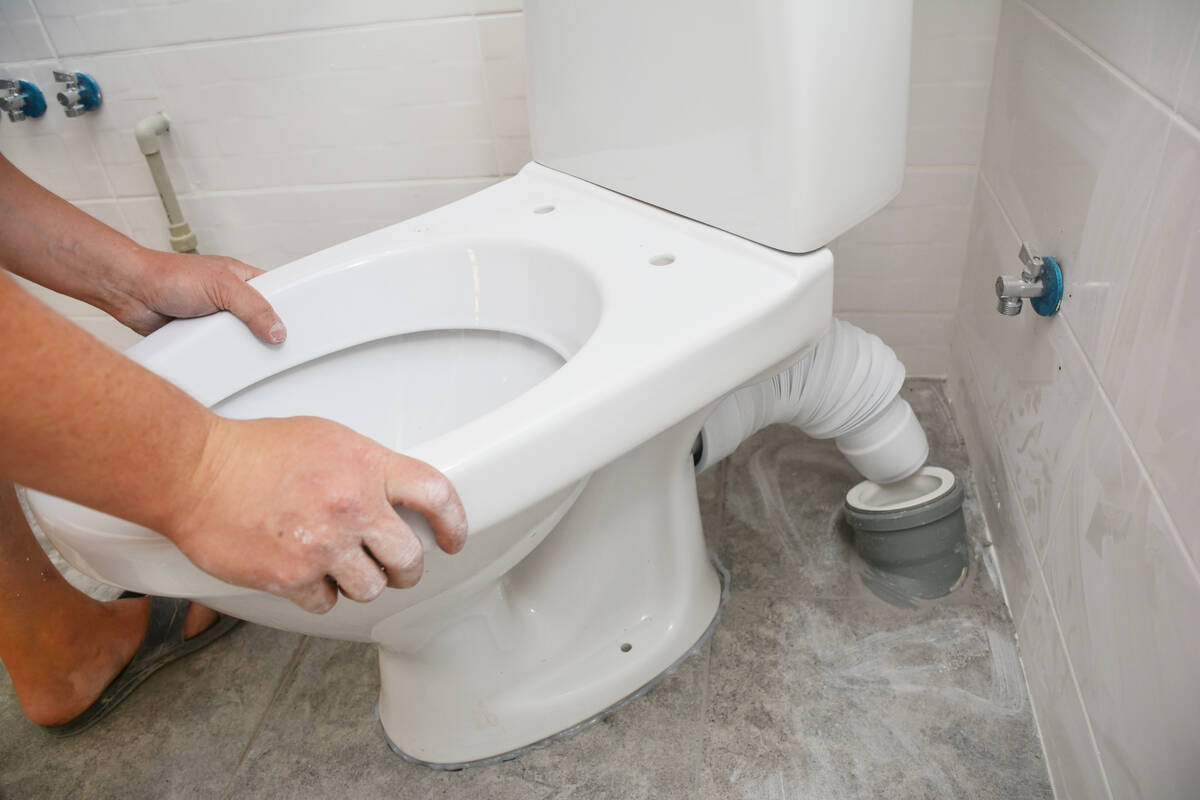

Bathroom Accessories
Why Does The Water In My Toilet Bowl Move When Its Windy
Modified: October 19, 2024
Discover why the water in your toilet bowl moves when it's windy and how bathroom accessories can help prevent it. Learn more about maintaining a stable water level in your toilet.
(Many of the links in this article redirect to a specific reviewed product. Your purchase of these products through affiliate links helps to generate commission for Storables.com, at no extra cost. Learn more)
Introduction
Have you ever noticed the water in your toilet bowl moving mysteriously, seemingly without any logical explanation? It's a peculiar phenomenon that often leaves people scratching their heads in bewilderment. The sight of the water swaying back and forth, especially on a windy day, can be quite perplexing. But fear not, as there's a simple scientific explanation behind this curious occurrence.
In this article, we will delve into the intriguing world of toilet bowl water movement and explore the factors that contribute to this phenomenon. By understanding the dynamics at play, you'll gain valuable insights into why your toilet bowl water behaves the way it does, particularly when the wind is blowing outside.
So, buckle up and get ready to unravel the mystery of why the water in your toilet bowl exhibits such peculiar movements, especially when the wind is making its presence felt. Let's embark on this fascinating journey of discovery and gain a deeper understanding of this intriguing natural phenomenon.
Key Takeaways:
- Wind can make your toilet water dance! It’s all about air pressure and building design. Understanding these factors helps explain the mysterious movements in your toilet bowl on windy days.
- To calm the toilet water waltz, optimize ventilation, upgrade plumbing, and educate occupants. By taking proactive measures, you can minimize the impact of wind on your toilet bowl water.
Read more: Why Is There No Water In My Toilet Bowl
Understanding the Phenomenon
The enigmatic movement of water in a toilet bowl, particularly when influenced by external factors such as wind, can be attributed to a fundamental principle of physics: air pressure differentials. To comprehend this phenomenon, it's essential to grasp the concept of air pressure and its impact on liquid dynamics.
When wind blows against the exterior of a building, it creates areas of high and low pressure. This fluctuation in air pressure can indirectly affect the water in the toilet bowl. As the wind exerts force on the building, it generates areas of increased and decreased air pressure. These pressure differentials can cause the air inside the plumbing system to fluctuate, subsequently influencing the water in the toilet bowl.
Moreover, the design and ventilation of the plumbing system play a pivotal role in this process. The interconnected network of pipes and vents within a building allows air to move freely, maintaining equilibrium within the plumbing system. However, when external forces such as wind disrupt this equilibrium, the air pressure differentials can manifest as movement in the toilet bowl water.
Additionally, the shape and structure of the building can contribute to this phenomenon. Tall buildings, in particular, are more susceptible to the effects of wind due to their increased exposure. The wind's impact on such structures can lead to variations in air pressure within the building, ultimately influencing the water in the toilet bowl.
In essence, the movement of water in a toilet bowl when it's windy is a manifestation of the intricate interplay between air pressure differentials, the plumbing system's design, and the building's architecture. By understanding these underlying principles, we can demystify the seemingly perplexing behavior of toilet bowl water and appreciate the fascinating dynamics at play.
Factors Contributing to the Movement
The movement of water in a toilet bowl, particularly when influenced by external factors such as wind, is a result of various interconnected elements. Understanding the factors contributing to this intriguing phenomenon sheds light on the underlying dynamics at play.
1. Air Pressure Differentials:
The primary factor contributing to the movement of toilet bowl water is the fluctuation in air pressure caused by external forces, such as wind. When wind interacts with the exterior of a building, it creates areas of high and low pressure. These pressure differentials can indirectly impact the air within the plumbing system, leading to corresponding movements in the water within the toilet bowl.
2. Plumbing System Design:
The design and ventilation of the plumbing system play a crucial role in facilitating the movement of air and water. The interconnected network of pipes and vents within a building allows for the free flow of air, maintaining equilibrium within the plumbing system. However, when external forces disrupt this equilibrium, such as the influence of wind, the plumbing system's design can contribute to the observable movement of water in the toilet bowl.
Read more: Why Is My Toilet Bowl Not Holding Water
3. Building Architecture:
The shape and structure of the building itself can significantly influence the impact of wind on the plumbing system. Tall buildings, in particular, are more susceptible to the effects of wind due to their increased exposure. The wind's force on these structures can lead to variations in air pressure within the building, ultimately affecting the water in the toilet bowl.
4. Wind Intensity and Direction:
The intensity and direction of the wind directly affect the degree of impact on the building and its plumbing system. Strong winds can create more pronounced air pressure differentials, resulting in more noticeable movements in the toilet bowl water. Additionally, the direction from which the wind blows can influence the specific areas of the building experiencing pressure differentials, further contributing to the observed water movements.
5. Ventilation System Efficiency:
The efficiency of the building's ventilation system also plays a role in the movement of toilet bowl water. A well-designed ventilation system helps maintain stable air pressure within the building, minimizing the potential impact of external forces such as wind. Conversely, inadequate ventilation can exacerbate the effects of air pressure differentials, amplifying the movement of water in the toilet bowl.
By considering these interconnected factors, we can gain a comprehensive understanding of the complex dynamics that contribute to the movement of water in a toilet bowl, particularly when influenced by external elements like wind. This multifaceted interplay of air pressure differentials, plumbing system design, building architecture, wind intensity and direction, and ventilation system efficiency collectively shapes the intriguing phenomenon observed in toilet bowl water movements.
Impact of Wind on Toilet Bowl Water
The influence of wind on toilet bowl water is a fascinating manifestation of the intricate interplay between external forces and the plumbing system's dynamics. When wind exerts its force on the exterior of a building, it creates areas of high and low air pressure, setting in motion a series of effects that ultimately impact the water in the toilet bowl.
One of the primary impacts of wind on toilet bowl water is the induction of subtle yet perceptible movements. As the wind interacts with the building, it generates fluctuations in air pressure within the plumbing system. These pressure differentials can cause the air inside the pipes to move, subsequently leading to the displacement of water in the toilet bowl. The result is often observed as a gentle swaying or rippling of the water, seemingly defying conventional expectations.
Moreover, the intensity and direction of the wind play a pivotal role in determining the extent of its impact on the toilet bowl water. During periods of strong winds, the air pressure differentials become more pronounced, amplifying the movements in the water. This heightened effect can captivate observers, as they witness the water responding dynamically to the external atmospheric forces.
Additionally, the architecture of the building contributes significantly to the influence of wind on the toilet bowl water. Tall structures, due to their increased exposure, are more susceptible to the effects of wind. The wind's force on these buildings can create more substantial variations in air pressure within the plumbing system, thereby intensifying the movements in the toilet bowl water.
Furthermore, the efficiency of the building's ventilation system also influences the impact of wind on the toilet bowl water. A well-designed ventilation system helps maintain stable air pressure within the building, mitigating the potential effects of external forces such as wind. Conversely, inadequate ventilation can exacerbate the impact of air pressure differentials, amplifying the movements in the toilet bowl water.
In essence, the impact of wind on toilet bowl water is a captivating demonstration of the interconnected relationship between external atmospheric forces, building architecture, and the plumbing system's dynamics. By recognizing the multifaceted nature of this phenomenon, we gain a deeper appreciation for the intricate ways in which natural elements can influence the seemingly mundane aspects of our daily lives.
Preventive Measures
To mitigate the impact of wind on the movement of toilet bowl water, several preventive measures can be implemented to stabilize the plumbing system and minimize the observable effects. These measures aim to address the underlying factors contributing to the phenomenon, thereby promoting a more consistent and predictable behavior of the toilet bowl water.
-
Ventilation System Optimization:
Ensuring the efficiency and proper functioning of the building's ventilation system is crucial in maintaining stable air pressure within the plumbing network. Regular inspections and maintenance of vents and air ducts can help prevent disruptions caused by external forces such as wind. By optimizing the ventilation system, the potential for air pressure differentials to influence the water in the toilet bowl can be significantly reduced. -
Plumbing System Upgrades:
Upgrading the plumbing system to incorporate modern design principles and technologies can enhance its resilience against external influences. This may involve the installation of pressure-regulating valves and air admittance valves, which help stabilize air pressure within the pipes, minimizing the likelihood of water movement due to wind-induced pressure differentials. -
Building Modifications:
Implementing structural modifications to the building, particularly in areas prone to intense wind exposure, can mitigate the effects of external forces on the plumbing system. Strategic alterations, such as the installation of windbreaks or the optimization of building aerodynamics, can help attenuate the impact of wind-induced pressure differentials, consequently reducing the movement of water in the toilet bowl. -
Sealing and Insulation:
Enhancing the building's insulation and sealing potential air leaks can contribute to maintaining a more stable internal environment. By minimizing the infiltration of external air, the potential for significant air pressure differentials within the plumbing system is reduced, thereby mitigating the observable movements in the toilet bowl water. -
Awareness and Education:
Educating building occupants about the potential effects of wind on the plumbing system can promote awareness and proactive measures. By fostering an understanding of the underlying dynamics, individuals can contribute to the implementation of preventive strategies and the early identification of issues related to the movement of toilet bowl water.
By proactively implementing these preventive measures, the impact of wind on the movement of toilet bowl water can be effectively mitigated. Through a combination of structural, technological, and educational interventions, the plumbing system can be stabilized, promoting a more consistent and predictable behavior of the toilet bowl water, regardless of external atmospheric influences.
Conclusion
In conclusion, the enigmatic movement of water in a toilet bowl, particularly when influenced by external factors such as wind, is a captivating demonstration of the intricate interplay between natural forces and the dynamics of the plumbing system. By unraveling the underlying principles and factors contributing to this phenomenon, we gain valuable insights into the complex interactions that shape the behavior of toilet bowl water.
The understanding of air pressure differentials, plumbing system design, building architecture, wind intensity and direction, and ventilation system efficiency collectively illuminates the multifaceted nature of this phenomenon. It highlights the interconnected relationship between external atmospheric forces and the internal dynamics of a building, showcasing the profound impact of natural elements on seemingly mundane aspects of our daily lives.
Furthermore, the preventive measures aimed at mitigating the impact of wind on the movement of toilet bowl water underscore the proactive approach to stabilizing the plumbing system. By optimizing ventilation systems, upgrading plumbing infrastructure, implementing building modifications, and enhancing awareness, the potential effects of wind-induced pressure differentials can be effectively minimized, promoting a more consistent and predictable behavior of the toilet bowl water.
Ultimately, the phenomenon of water movement in a toilet bowl when it's windy serves as a reminder of the intricate and often surprising ways in which natural forces can influence our built environments. It encourages a deeper appreciation for the underlying physics at play and the remarkable interconnectedness of the elements shaping our everyday experiences.
As we continue to explore and understand the subtle yet captivating dynamics of our surroundings, the phenomenon of toilet bowl water movement stands as a testament to the fascinating intersection of science, engineering, and the natural world. It invites us to embrace curiosity and seek a deeper understanding of the seemingly ordinary phenomena that enrich our lives with wonder and intrigue.
Frequently Asked Questions about Why Does The Water In My Toilet Bowl Move When Its Windy
Was this page helpful?
At Storables.com, we guarantee accurate and reliable information. Our content, validated by Expert Board Contributors, is crafted following stringent Editorial Policies. We're committed to providing you with well-researched, expert-backed insights for all your informational needs.
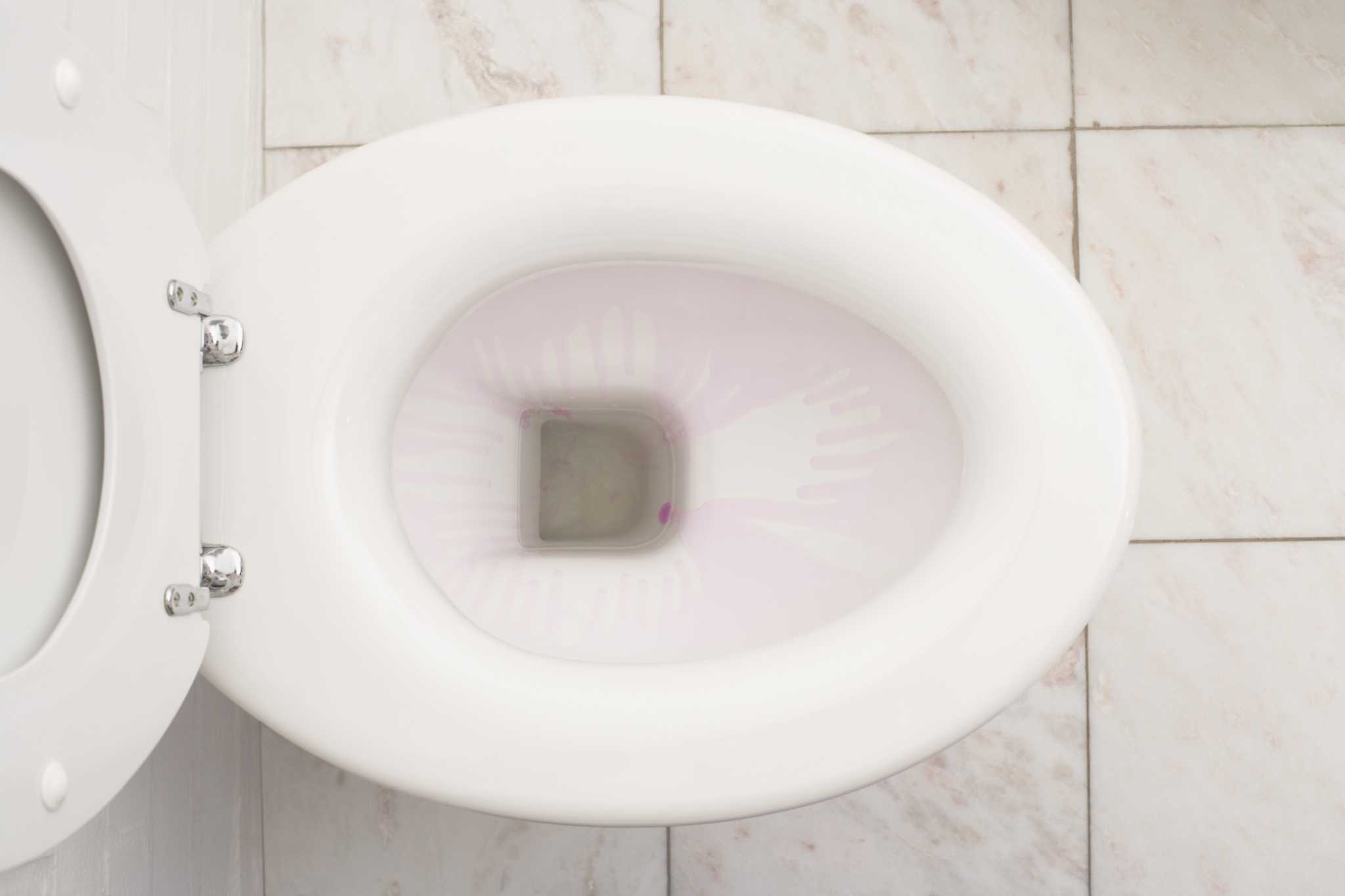
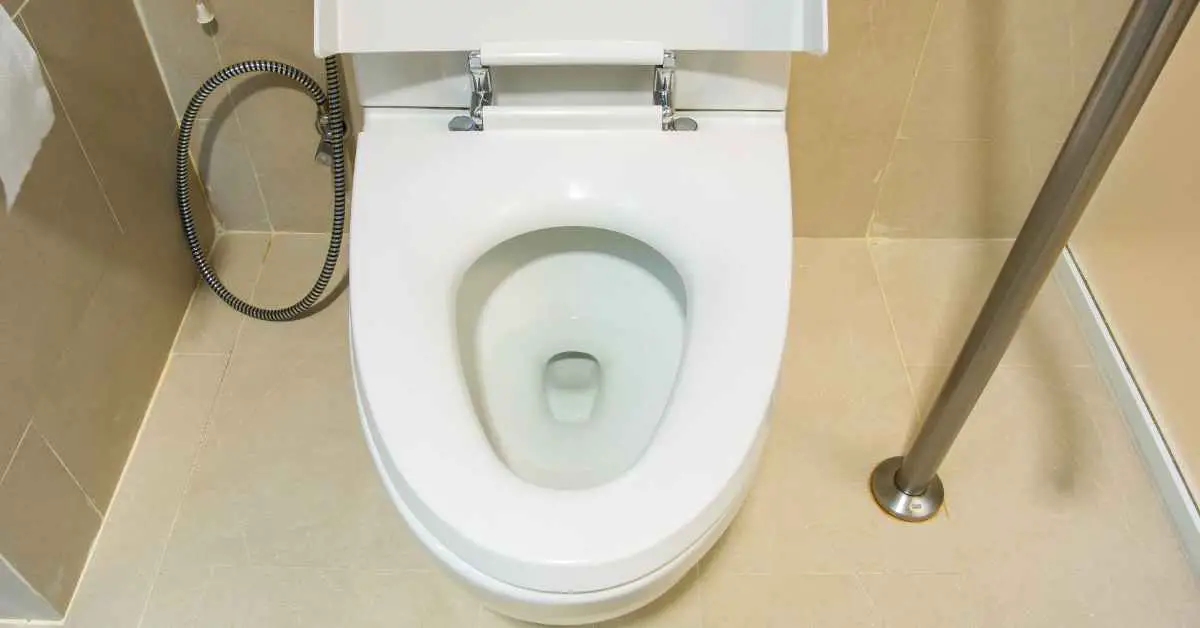
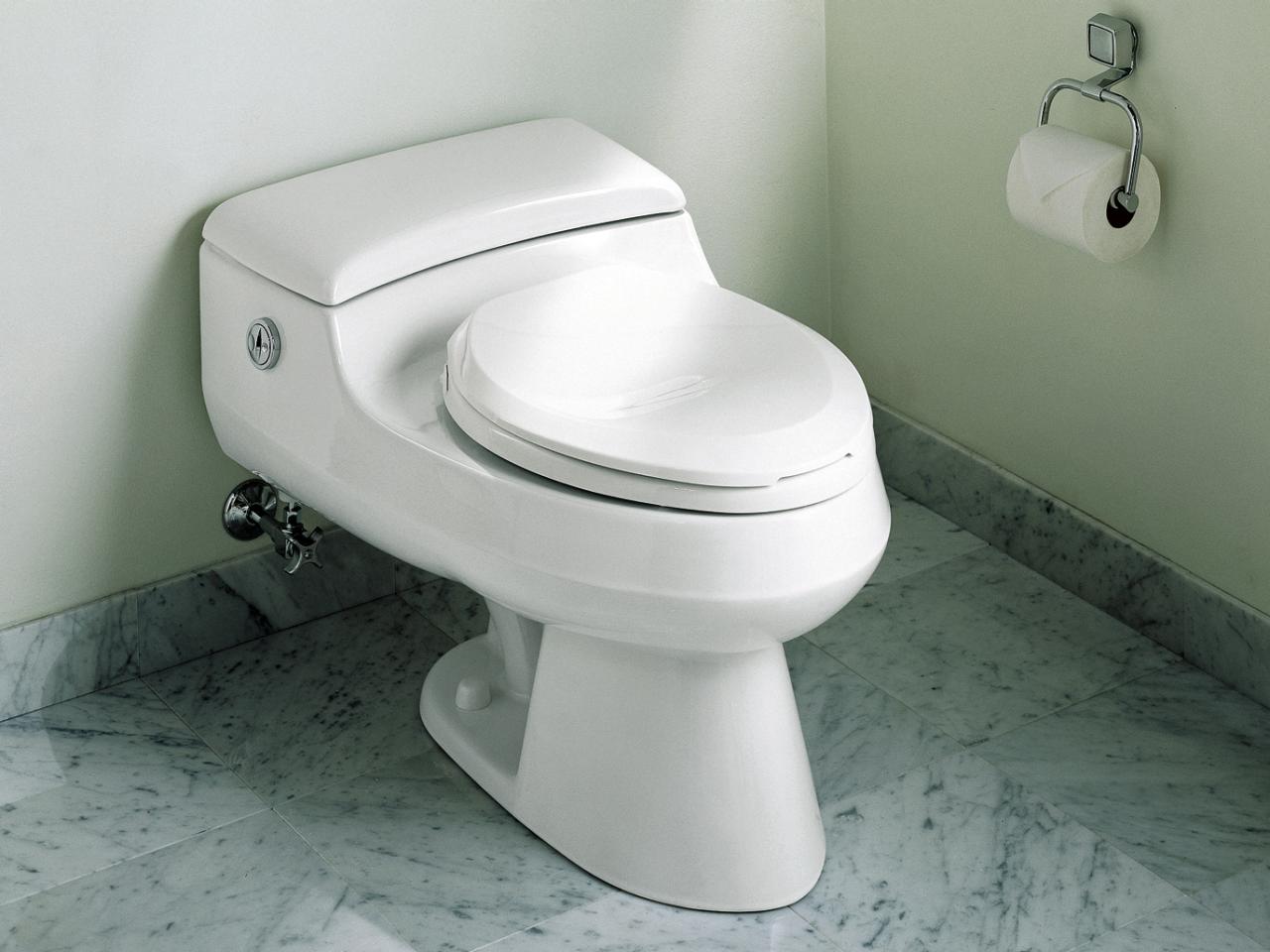
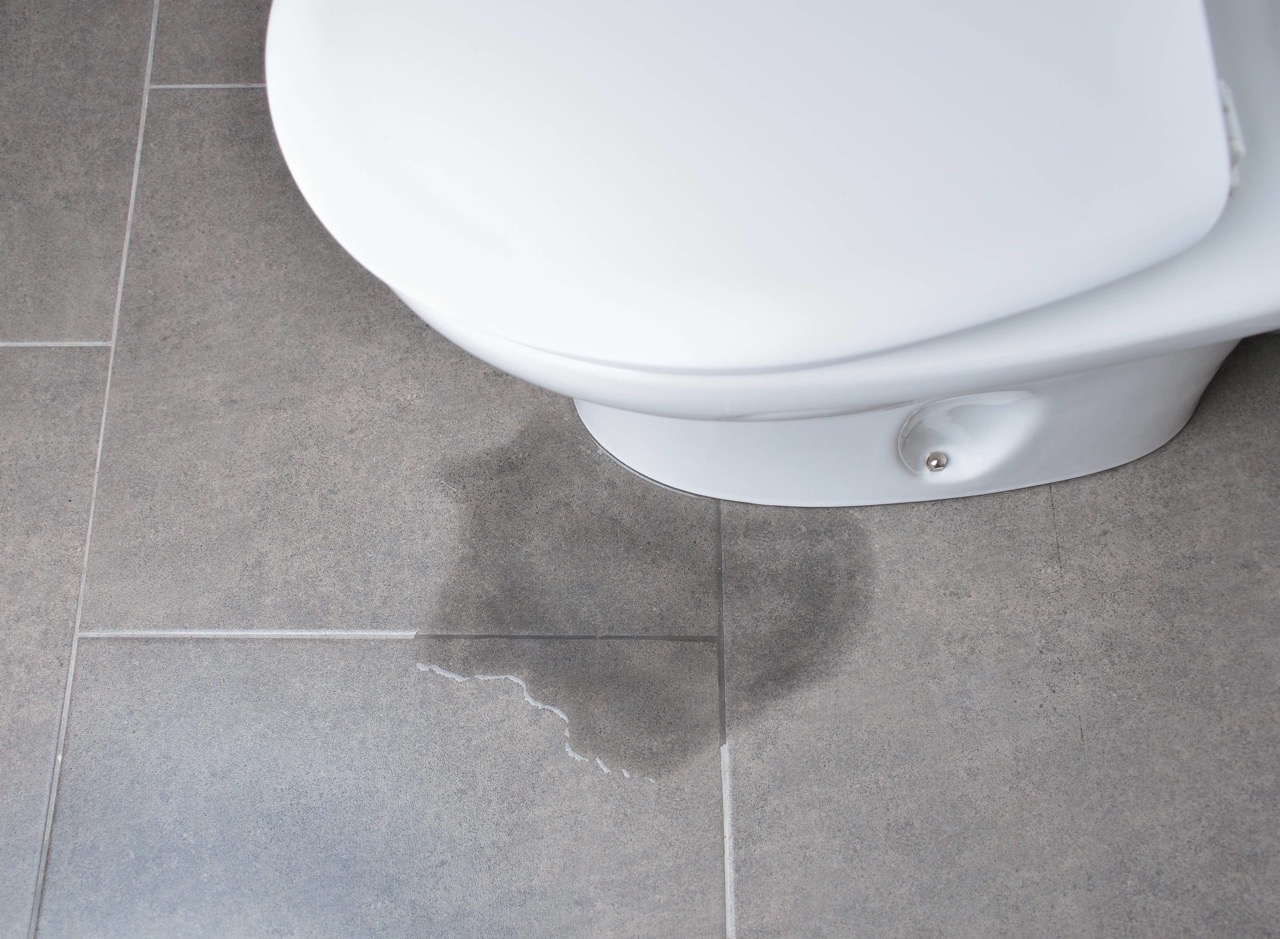
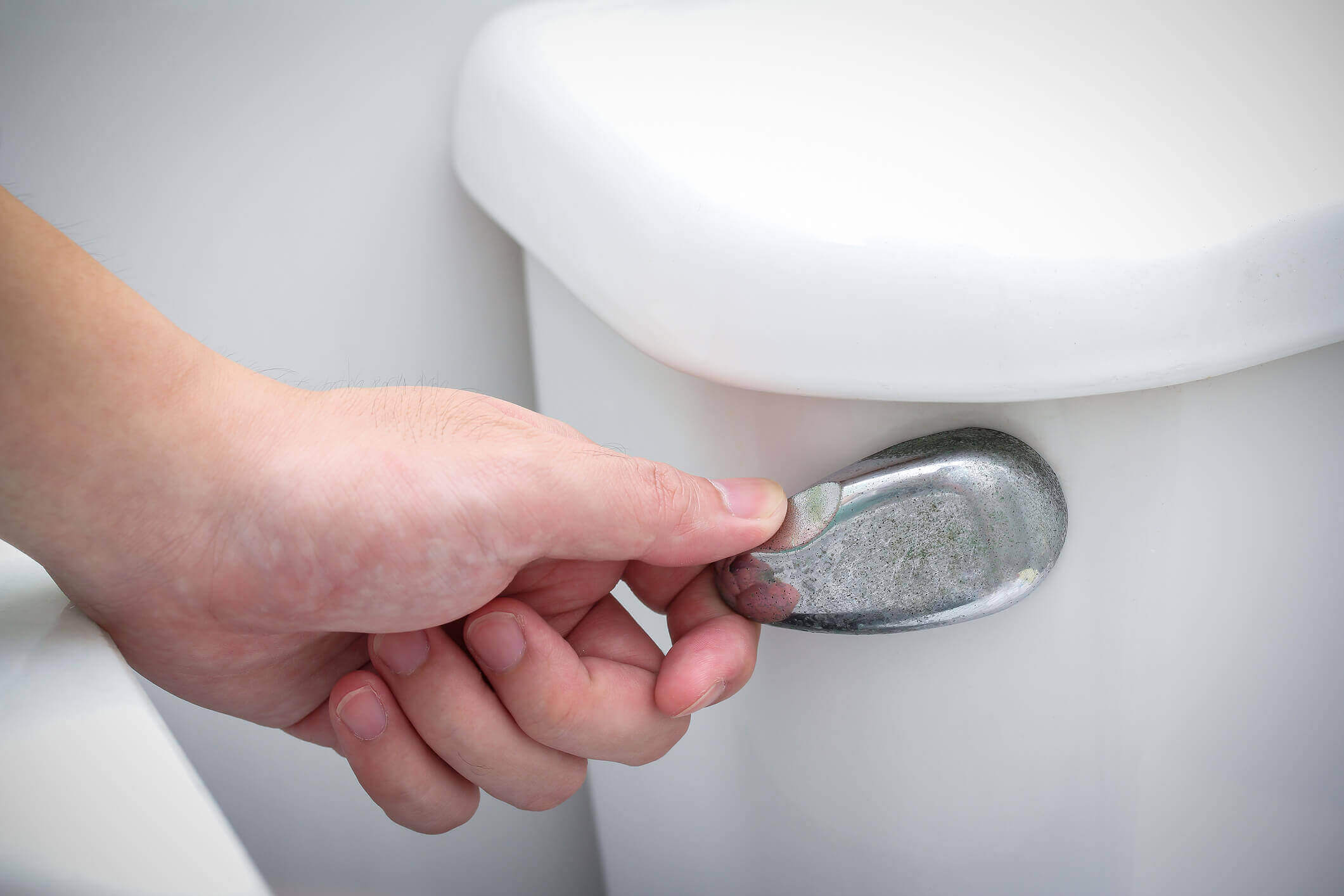

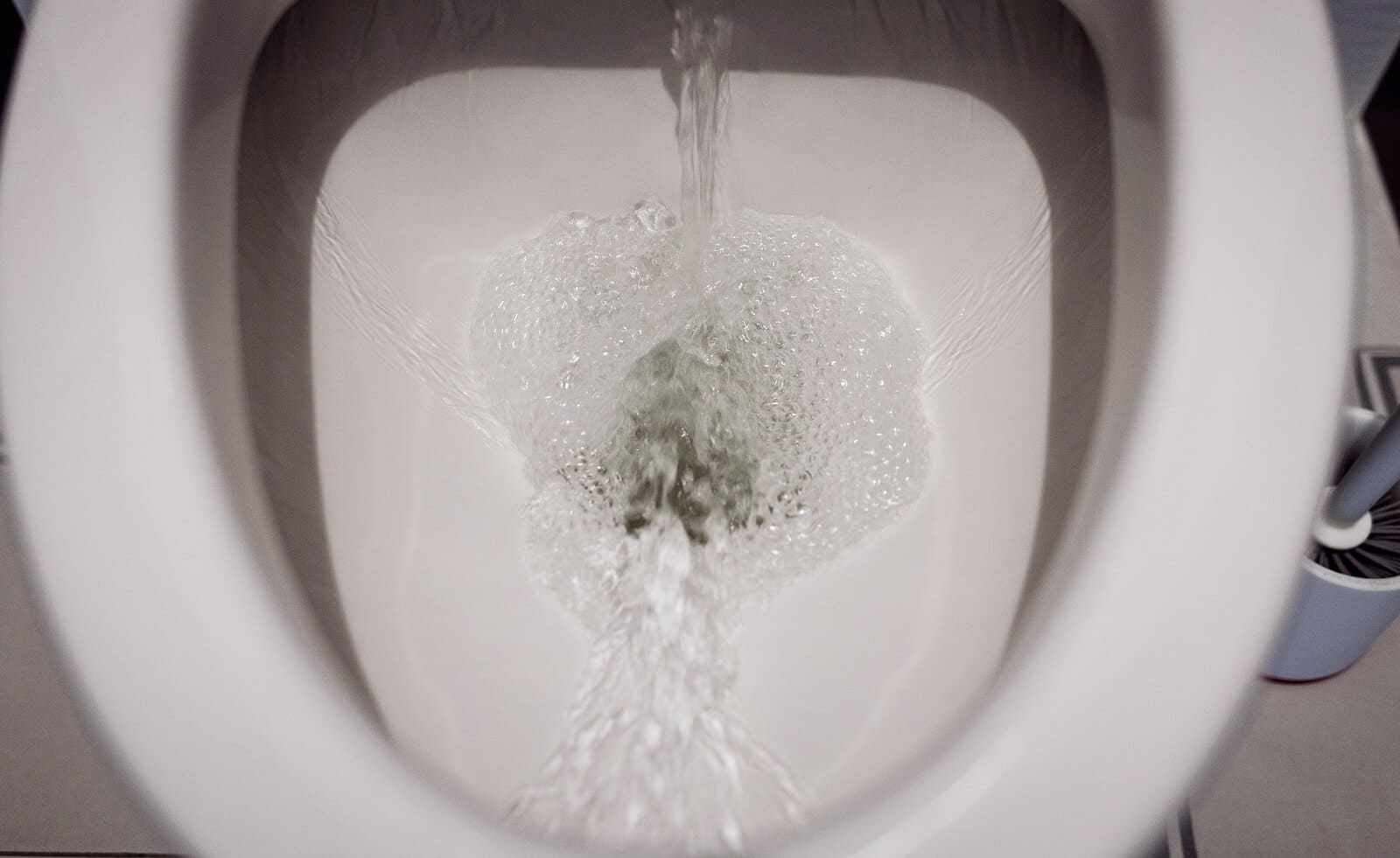
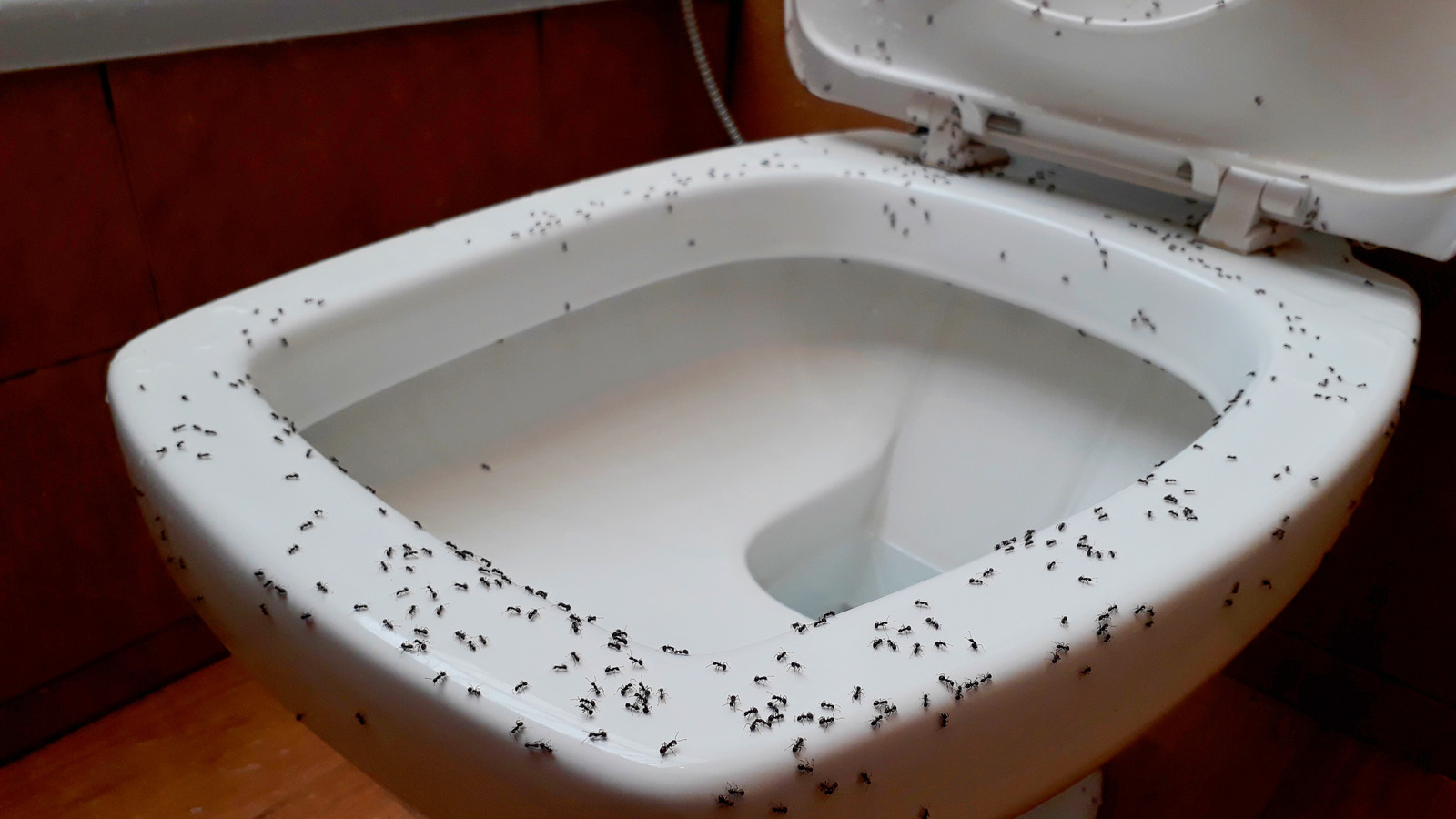

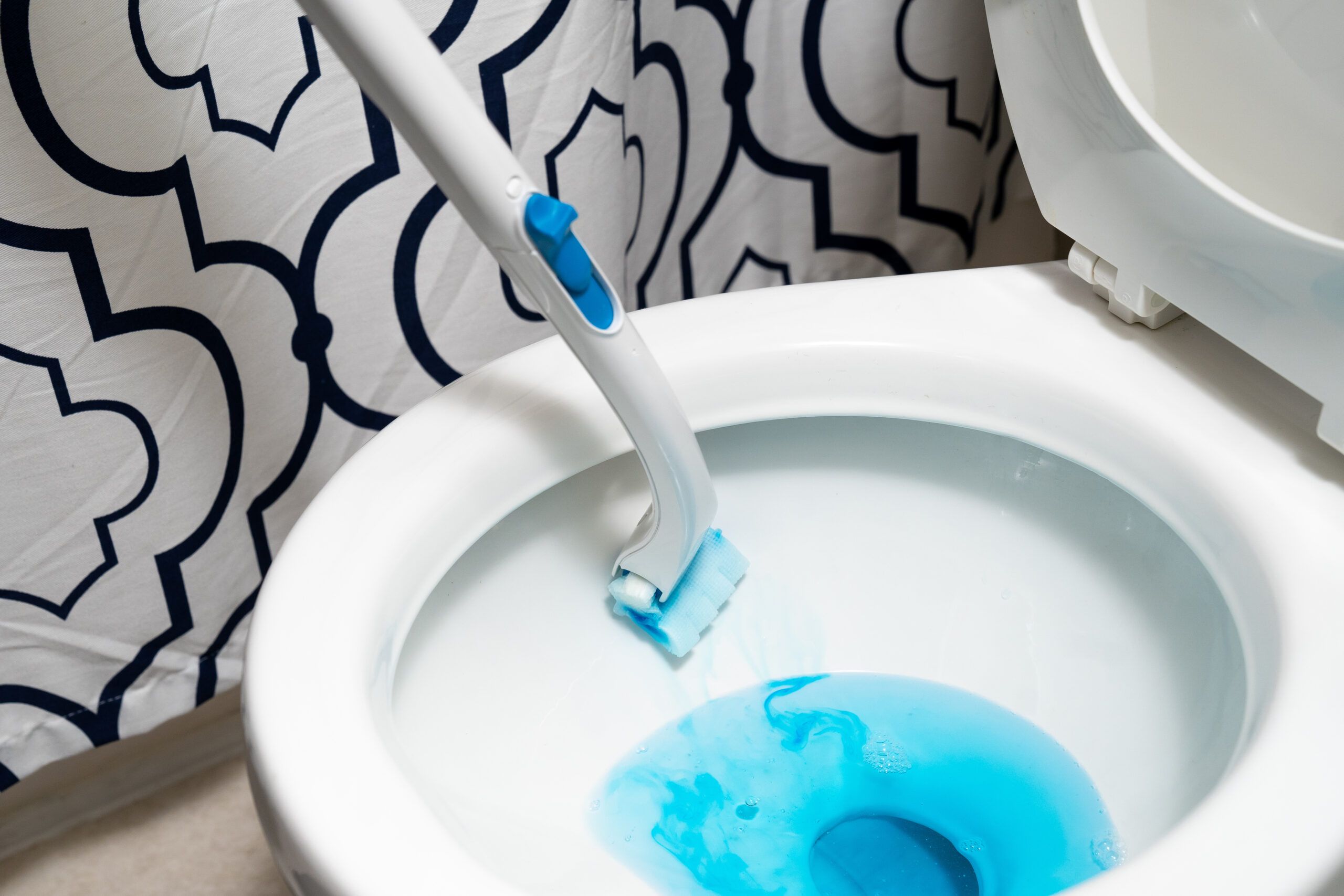
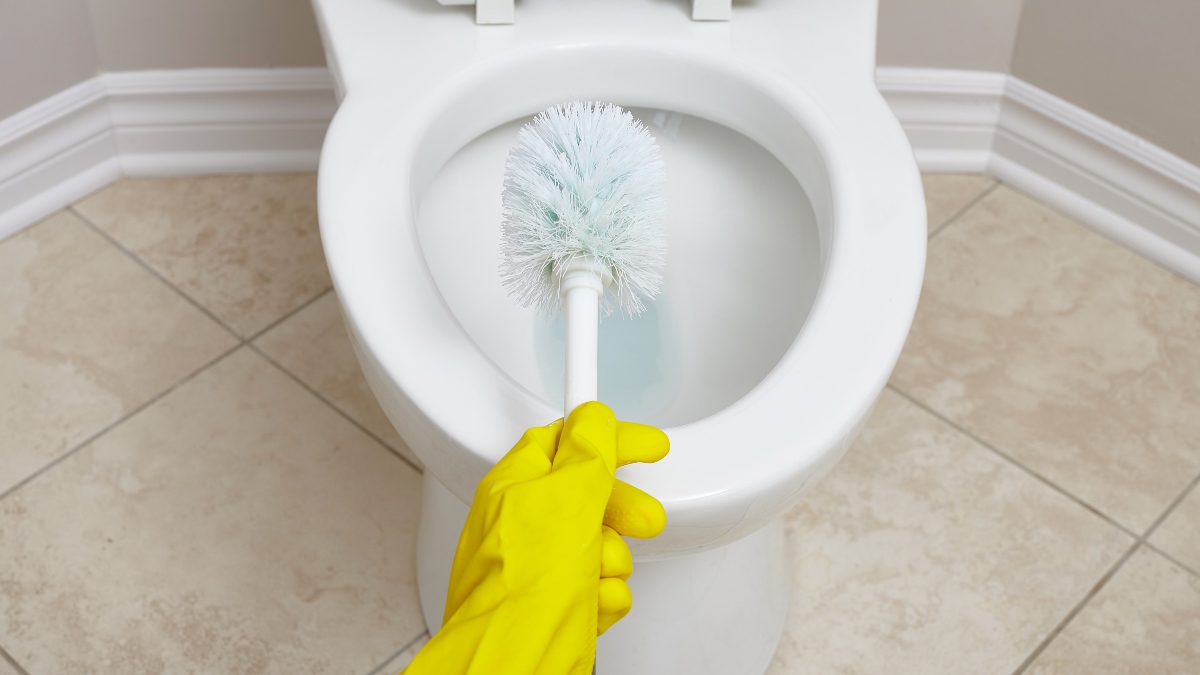
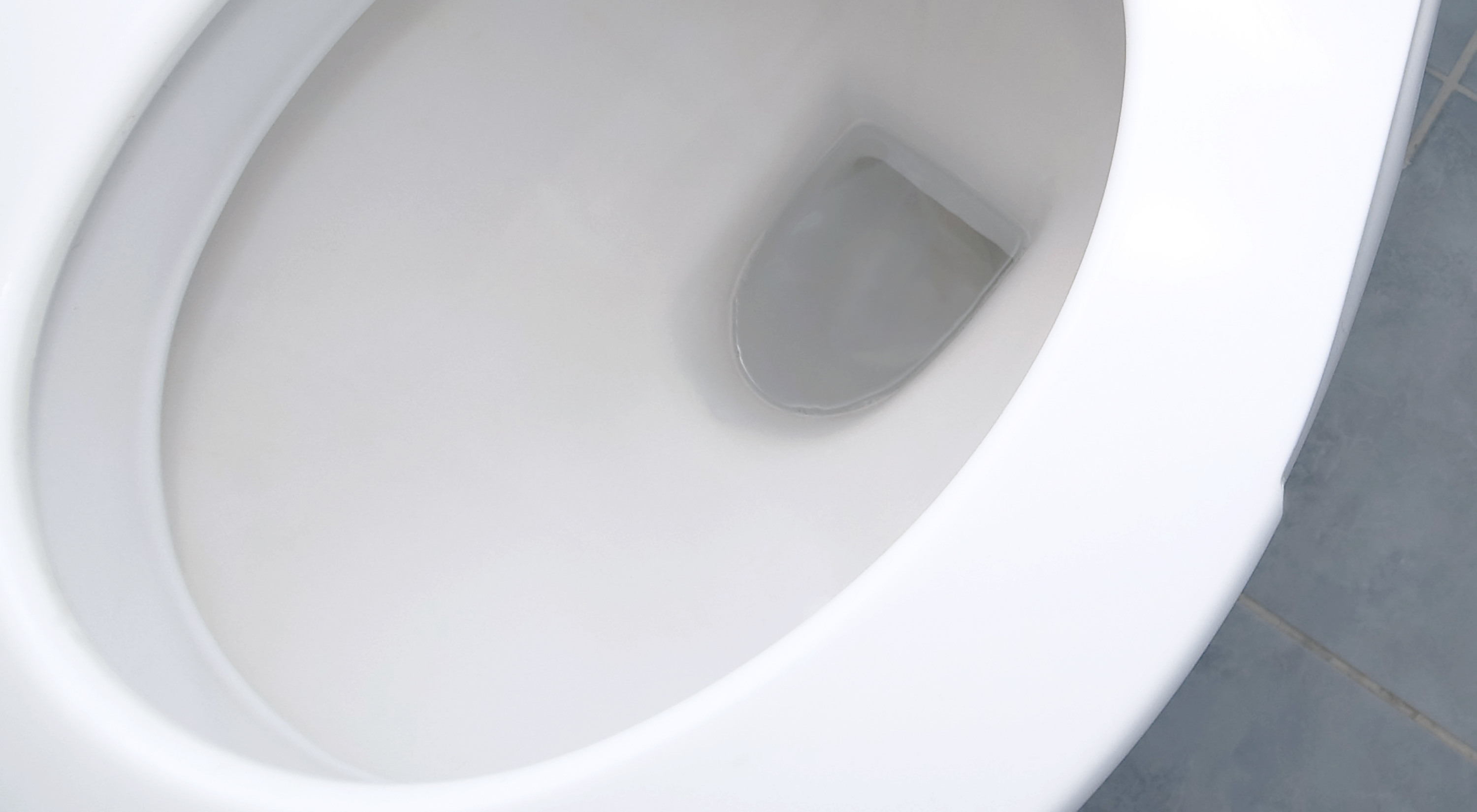
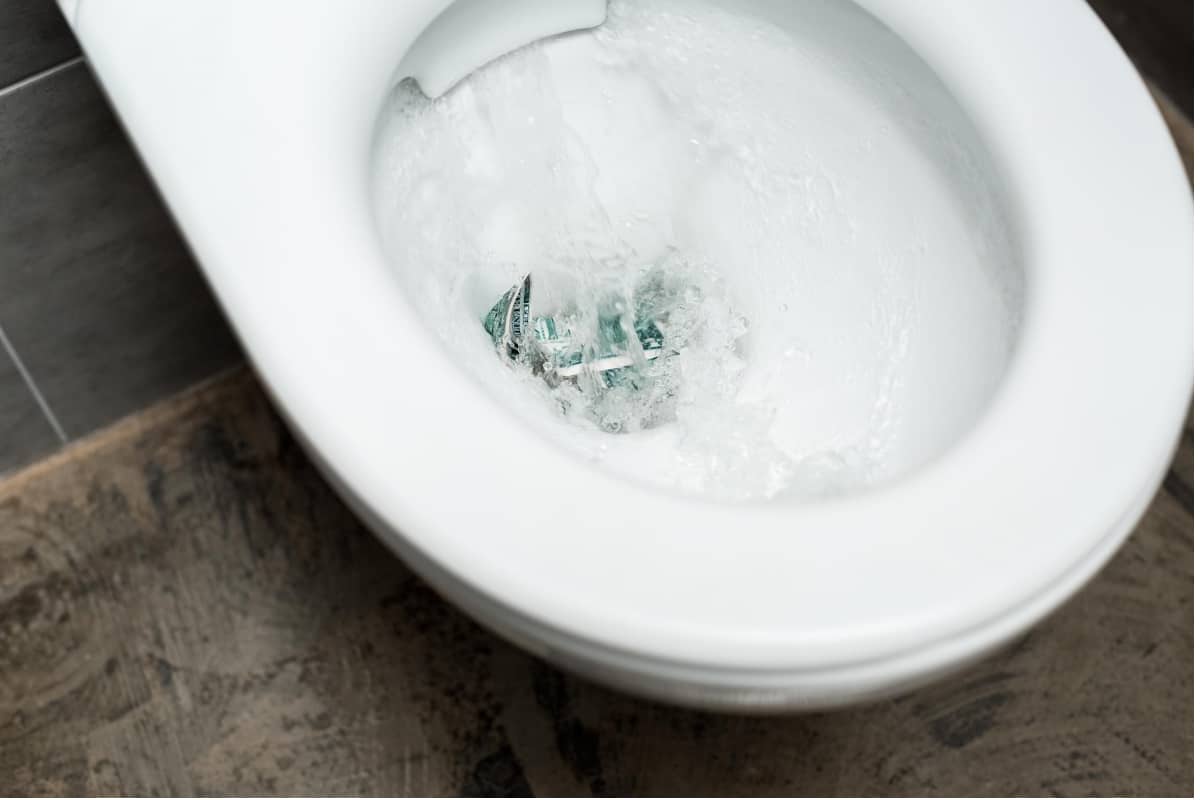

0 thoughts on “Why Does The Water In My Toilet Bowl Move When Its Windy”